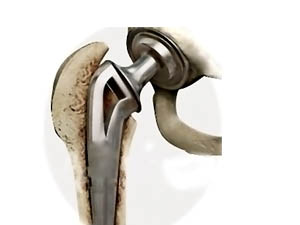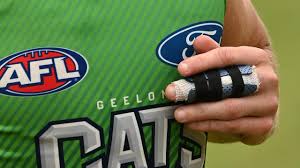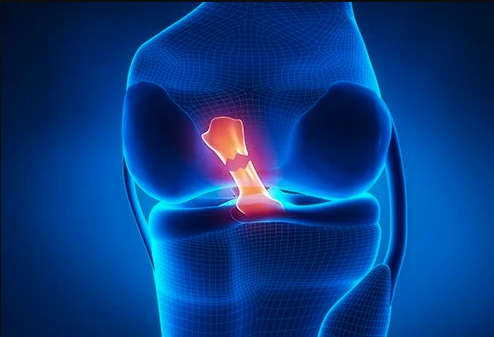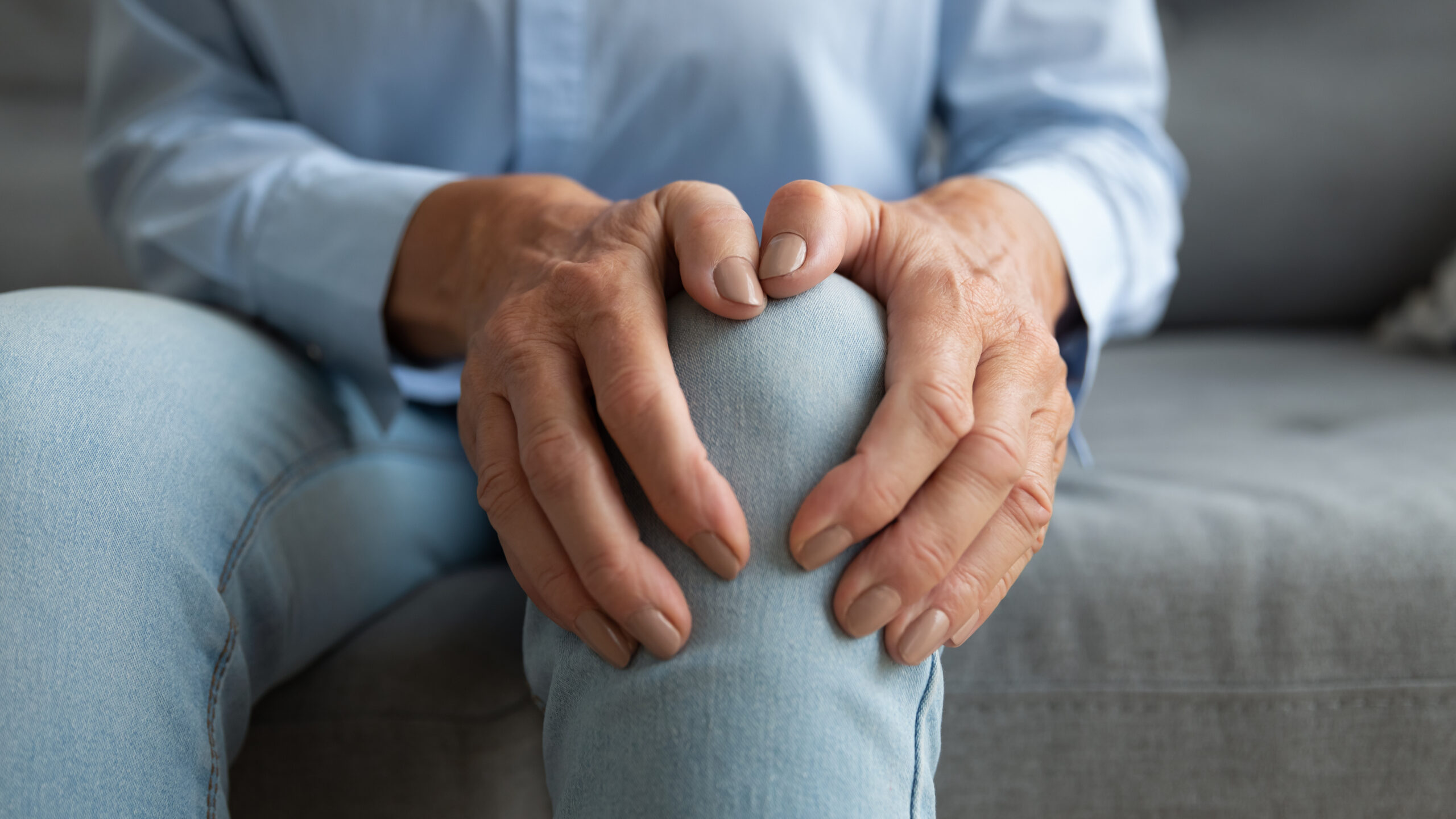If you are suffering with knee arthritis, you are not alone. Knee arthritis is a common condition that affects millions of people worldwide. Arthritis is a degenerative joint disease that can cause pain, stiffness, and swelling in the affected joint. In the case of knee arthritis, the pain and stiffness are usually located around the knee joint.
Physiotherapy can be a helpful treatment option for individuals with knee arthritis. Physiotherapists can provide targeted exercises, manual therapy, and education to help manage pain and improve mobility. Here are some things to keep in mind as you begin your journey with physiotherapy.
- Understand Your Condition
It’s essential to have a good understanding of your knee arthritis and how it affects your body. Speak with your doctor and physiotherapist to learn more about the type and severity of your arthritis. This knowledge will help you to understand the treatments available and the goals of your physiotherapy program.
- Follow Your Physiotherapy Plan
Your physiotherapist will develop an individualized plan for your knee arthritis. It’s important to follow this plan closely to get the most benefit from your treatment. Your physiotherapist may recommend exercises to improve your strength, flexibility, and balance. They may also use manual therapy techniques to help reduce pain and improve mobility.
- Be Patient
Knee arthritis is a chronic condition, and it may take some time to see improvements in your symptoms. Be patient and persistent with your physiotherapy program. Over time, you may notice a decrease in pain, improved mobility, and increased strength.
- Stay Active
Staying active is crucial for individuals with knee arthritis. Inactivity can cause your muscles to weaken and your joints to stiffen, which can worsen your symptoms. Your physiotherapist will work with you to find safe and effective exercises that you enjoy. Consider activities such as swimming, cycling, or walking, which are low-impact and can be easier on your knees.
- Manage Your Weight
Excess weight can put extra strain on your knees, which can worsen arthritis symptoms. Talk to your doctor or physiotherapist about ways to manage your weight, such as through diet and exercise. A healthy weight can help reduce pain and improve mobility.In summary, physiotherapy can be an effective treatment option for individuals with knee arthritis. By understanding your condition, following your physiotherapy plan, being patient, staying active, and managing your weight, you can help manage your arthritis symptoms and improve your quality of life. Speak with your doctor or physiotherapist to learn more about how physiotherapy can help you. If you would like an appointment to have your knee pain assessed, call us on 9815 2555 or book online here




